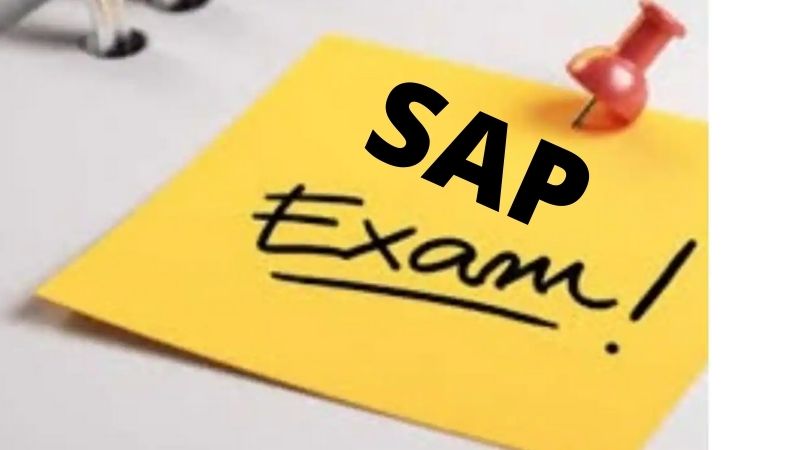Your resume is the first impression you make on a potential employer. A good resume can help you land a high-paying job, while a bad resume can doom your chances of getting an interview. So let’s dive into the subject and discuss how to write a great resume and stand out from the competition while scoring that dream job!
What is a resume and why do you need one
A resume is simply a document that outlines your qualifications and experience. Think of it as your professional “selfie.” While it may seem like a pointless exercise to some, a well-crafted resume can be the difference between getting your dream job and being stuck in a dead-end position. In today’s competitive job market, employers are bombarded with resumes from hundreds of applicants. A strong resume helps you to stand out from the crowd and makes it more likely that you will be called in for an interview.
How to write a great resume
While there is no one-size-fits-all formula for writing a resume, there are some basic rules that should be followed in order to create a document that is both effective and professional. If you’re not sure how to go about it, contact the best resume writing service you can find online and ask them for advice. In the meantime: your resume should be clearly structured and easy to scan. It should be free of mistakes and should highlight your most relevant qualifications and accomplishments; plus, it should be tailored to the specific job you are applying for.
The different types of resumes
As you might know already, there are many different types of resumes, and each one has its own benefits and drawbacks.
For example, the chronological resume is the most common type, and it lists your work experience in reverse chronological order. This can be a great way to showcase your growth and progression over time, but it can also be a bit dry and boring.
The functional resume, on the other hand, focuses on your skills and abilities rather than your work history. This can be a great way to highlight your strengths, but it can also make it difficult to demonstrate your experience.
Just keep in mind that there is no right or wrong answer when it comes to choosing a resume type – it all depends on what you want to emphasize.
How to format your resume
Making your resume clear and concise and formatting it correspondingly can be challenging, so check out the following helpful advice.
- Use fonts such as free fonts, Arial or Times New Roman because they are easy to read.
- Use standard margins (1-inch on all sides).
- Use bullet points or short paragraphs to organize your information.
- Include important info about yourself at the top of the page.
- Tailor your resume to each job you apply for by including relevant keywords from the job listing.
What to include in your resume
First, start with your contact information, including your name, address, phone number, and email address. Then, list your education and any relevant coursework and include any relevant work experience, starting with your most recent position. Don’t forget to list any skills that could be relevant to the job you’re applying for.
Of course, every resume is different, so feel free to tailor yours to fit your particular qualifications. But as a general rule of thumb, these are the key elements that should be included in your resume. And remember, if you’re not sure what to include in yours, you can always buy resume online and get professional help. This might help you save lots of time indeed.
Read here : Benefits of Using Online Resume Builder
Tips for making your resume stand out
So you’ve finally finished your resume… Now what? Just hit send and wait for the interview requests to come rolling in, right? Wrong. Even with an amazing resume, you’re still up against dozens (if not more) other candidates with similar qualifications.
Here are a few tips:
- Don’t be afraid of a little color. A pop of color can help your resume stand out from the hordes of black-and-white documents prospective employers are seeing. Just make sure to use a professional font and keep the design clean and simple.
- Take a look at the way you’re writing your accomplishments. Instead of listing mundane duties, focus on quantifiable successes, for example, “Managed a team of 15 customer service representatives “sounds good, but “Successfully increased customer satisfaction by 10% through superior leadership” sounds great.
- Don’t forget to proofread! A single typo can make your resume look sloppy and unprofessional, so take the time to read over your resume multiple times before hitting send. And if you’re not confident in your editing skills, ask a friend or family member to take a look as well.
Conclusion
A great resume can indeed help you land your dream job. But with so many elements to consider, it can be tough to know where to start. Hopefully, this article has given you the information you need to get started on creating one that will help you get hired. Good luck!




